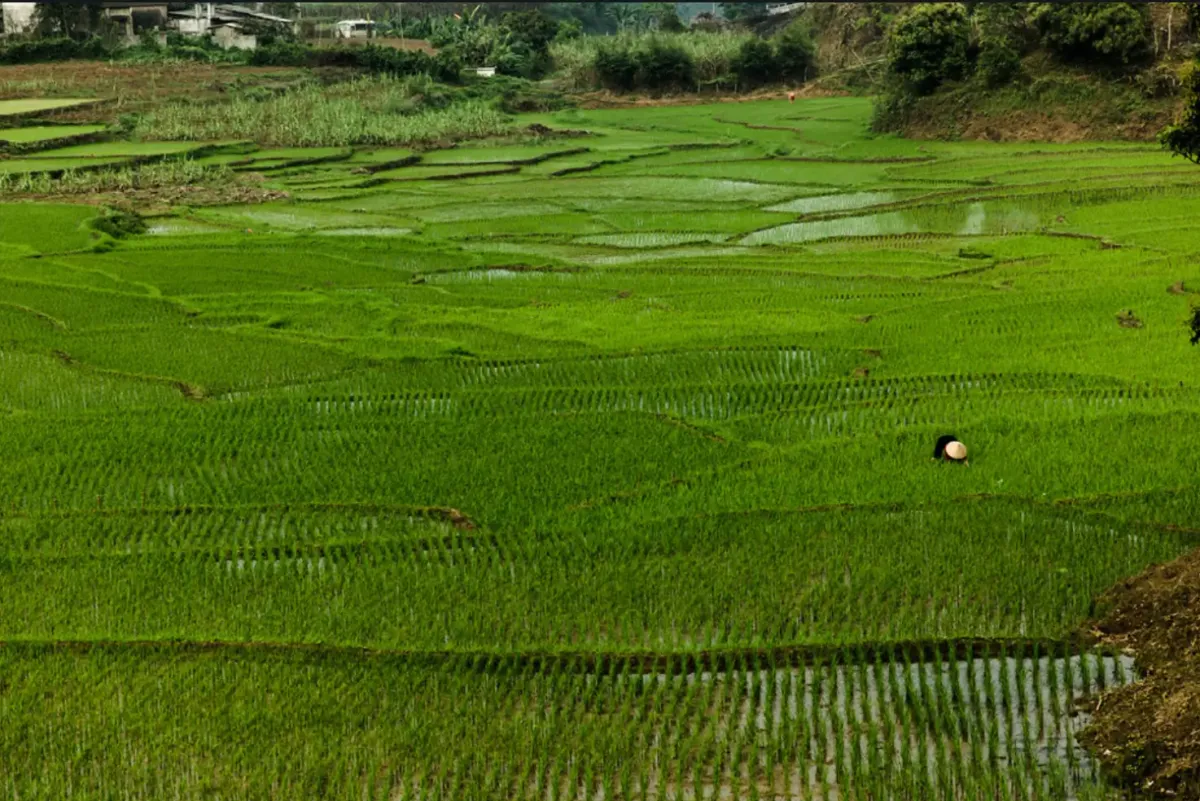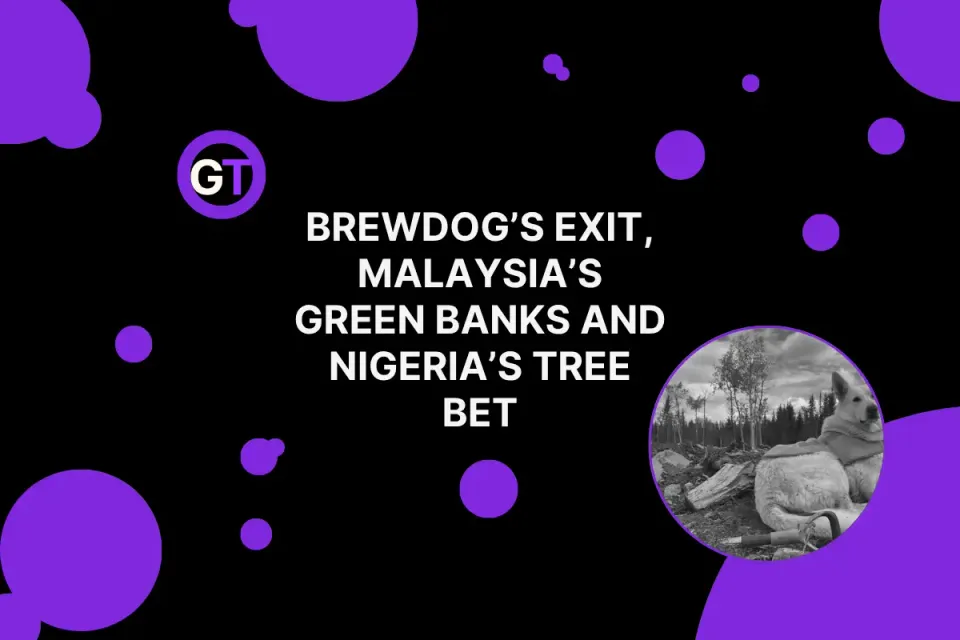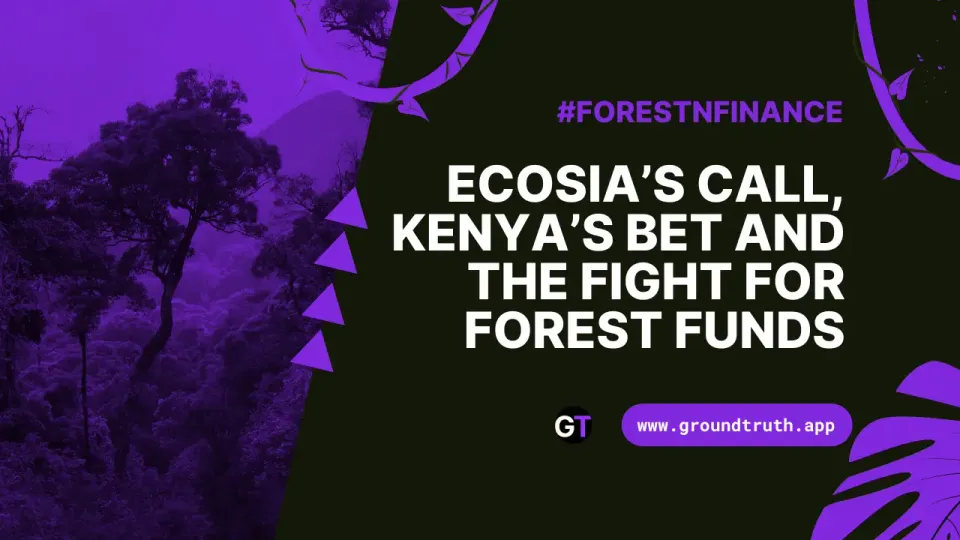Vietnam’s Forest Vision: Balancing Recovery and Growth 🌳
The split will be: 238,000 ha of plantation forests each year, and 22,500 ha of habitat restoration.

Integrating Restoration Efforts, Strategic Partnerships, and Sustainable Forestry 🌱
Vietnam’s Ministry of Agriculture and Rural Development (MARD) is leading a big push 🌍 for a greener future with its National Forestry Planning initiative. The goal? Stabilize forest cover at 42-43% and boost the quality of existing forests by 2030, all while giving a boost to the nation's timber exports. The estimated cost of this plan? $8.68 billion USD🌲💼.
But that’s not all! This ambitious plan is part of a broader effort, involving international partnerships and recovery projects like restoring forests damaged by Typhoon Yagi 🌪️🌲. These initiatives aim to preserve Vietnam’s incredible natural heritage, strengthen community resilience, and put the country on the path to net-zero emissions. The split will be: 238,000 ha of plantation forests each year, and 22,500 ha of habitat restoration 🌿💚.
MARD's Ambitious Forestry Plan and Collaborative Efforts 🌟
Vietnam's National Forestry Planning strategy is packed with goals to not only enhance its forest ecosystems but also strengthen the economic impact of its forestry sector. Let’s break down some key pieces of the puzzle 🧩:
MARD’s Targets for 2030 🎯: The plan focuses on keeping forest cover stable at 42-43%, improving the quality of natural forests, and maximizing their economic potential. One major goal is to increase the export value of wood and forestry products to a whopping $25 billion by 2030 💰, all while sticking to sustainable management practices.
Integration with Socio-Economic Plans 🏙️📈: MARD is encouraging provinces and cities to align their local development plans with the national forestry strategy. This way, local needs and capacities get the spotlight while helping to hit those big-picture goals 🏞️.
Partnerships 🌍🐯: International collaborations are a game-changer for Vietnam’s forestry goals. The partnership with USAID has been crucial for wildlife conservation, sustainable forest management, and tackling climate change head-on. Over the last five years, USAID has helped Vietnam strengthen its response to climate challenges, natural disasters, and sustainable forestry practices. Plus, WWF has brought extra expertise for managing protected areas and boosting biodiversity. Further support also comes from initaitves such as the UNEP's Forest Ecopreneur 2024 programme🌿🌿.
Typhoon Yagi Restoration 🌪️🌳: Vietnam faced a major setback with Typhoon Yagi, which damaged about 170,000 hectares of forest. But recovery is in full swing, focusing on restoring wood production and helping ecosystems bounce back. This means protecting natural regeneration areas and supplementing planting where needed, all aimed at getting these forests back to their full potential 🌲🌲.
Strategic Actions for Success 🚀
Vietnam’s strategy isn’t just about planting trees—it’s about making smart moves to ensure long-term success. Here’s how they’re doing it:
Encouraging Investment 💵🌲: MARD is pushing for governance reforms to make Vietnam’s forestry sector more attractive to investors. By shining a spotlight on the potential of different regions, they’re aiming to attract investment and show just how much value these forests can offer 🌟.
Supporting Local Integration 🏞️🤝: Local authorities are being asked to weave national forestry goals into their own community plans. This makes sure local priorities are respected while working towards national objectives—a win-win approach! 🙌
Focusing on Sustainable Practices ♻️: The plan also includes efforts to promote sustainable forest management, like issuing production forest certificates and building up infrastructure for planted forests. This means better long-term forest health and more support for economic activities like wood processing and export 📦🌳.
What Happens to the Trees?🌳
Vietnam’s tree-planting projects serve multiple purposes—some are all about habitat preservation 🐦 and carbon sequestration 🌍. But others? Well, they’re destined to become timber products 🪵, which means they might not technically pertain country’s net-zero goals 🚫. However, they still serve an important purpose. Here’s a quick low-down: 👇
Vietnam’s approach to forest management is a mix of protection and sustainable use 🌿. The country has set aside areas known as special-use forests—these are strictly protected zones covering about 2.4 million hectares. Think national parks and nature reserves, where the goal is to preserve biodiversity and keep things wild.
When it comes to logging, Vietnam has pretty strict rules. There’s been a ban on logging in natural forests since 2006, and this got even tougher in 2018. So, no exporting logs or sawn timber from these areas 🚫🌲
Vietnam has production forests where controlled logging is allowed. The idea is to support local economies while keeping things sustainable 🌱. These areas try to strike a balance, making sure the timber industry can thrive without harming the environment.
To keep an eye on things, Vietnam uses the SMART system (no, not your phone's assistant 😉). This tech helps track biodiversity and forest health, making sure conservation efforts stay on course.
Of course, challenges remain. Illegal logging and forest conversion for agriculture are still issues 🚜. It’s a balancing act between protecting forests and meeting economic needs, like growing rubber and other crops.
Openly-Available Data 🌿
The Vietnam Forest Certification Office (VFCO) plays a crucial role in making sure Vietnam’s forestry sector stays sustainable and transparent 🌿. They run the National Forest Certification Scheme (VFCS), recognized by the Programme for the Endorsement of Forest Certification (PEFC) since 2019.
One of VFCO's coolest features? An inventory of forestry company plantations that you can explore through Google MyMaps 🗺️! This tool lets anyone see where certified plantations are located and track their progress, offering a clear window into how Vietnam is working towards its sustainable forest management goals. 👀🌲
For more on the state of Vietnam’s forests, tools like Global Forest Watch offer interactive maps and data. 📊




